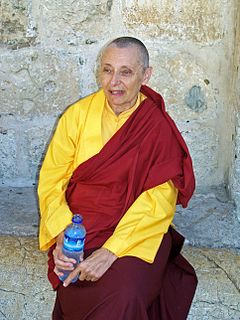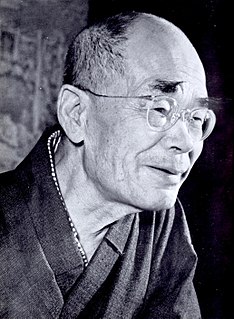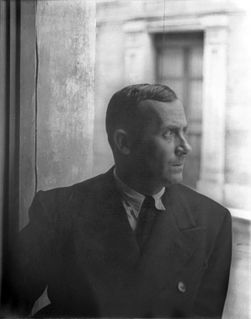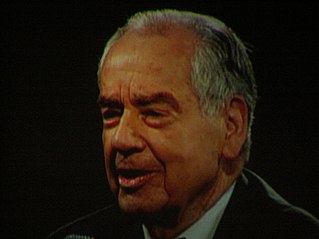A Quote by Frederick Lenz
The light is already there. In Zen Buddhism there's a little speck of dust on the mirror, and that's us.
Related Quotes
In this model, the sun is a very tiny speck of dust indeed-a speck less than a three-thousandth of an inch in diameter ... Think of the sun as something less than a speck of dust in a vast city, of the earth as less than a millionth part of such a speck of dust, and we have perhaps as vivid a picture as the mind can really grasp of the relation of our home in space to the rest of the universe.
If you put a little pin in the middle and you make a little space, a little circle, then the nature of the mirror shines through. So now you know the mind is not dust, that behind that dust there is this mirror-like nature of the mind, and if it's a big enough hole, you might be so transfixed by the hole you don't notice the rest of the dust.
As the brain of man is the speck of dust in the universe that thinks, so the leaves—the fern and the needled pine and the latticed frond and the seaweed ribbon—perceive the light in a fundamental and constructive sense. … Their leaves see the light, as my eyes can never do. … They impound its stellar energy, and with that force they make life out of the elements.
Zen purposes to discipline the mind itself, to make it its own master, through an insight into its proper nature. This getting into the real nature of one's own mind or soul is the fundamental object of Zen Buddhism. Zen, therefore, is more than meditation and Dhyana in its ordinary sense. The discipline of Zen consists in opening the mental eye in order to look into the very reason of existence.




























